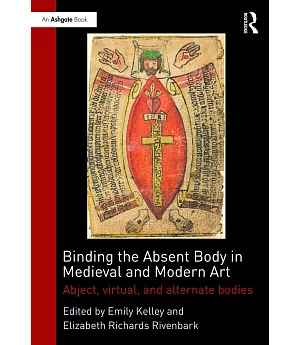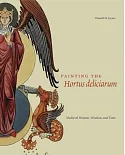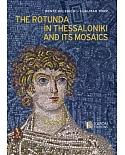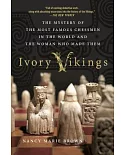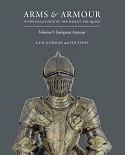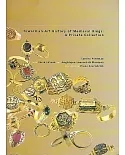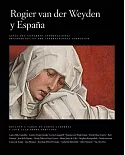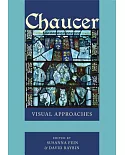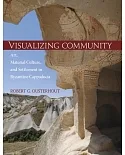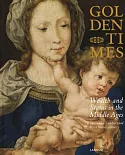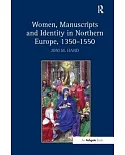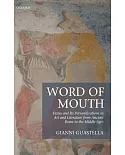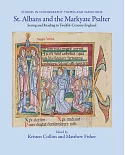The absent body is represented in two distinct periods of art: medieval art using the absent body for religious reflection and contemporary art using the absent body from a secular perspective.
Early examples of the absent body revolve around sacred images, especially Christian imagery representing bodily fragments or excretions. These images are abundant in the Middle Ages but trail
off in the Renaissance when idealism and harmony of proportion overtake the visual realm. Artists of the Renaissance and those in subsequent art historical periods used the body to represent
their own codes of ethics and aesthetics and so the human form maintained representation until more contemporary eras. It is in the modern world that artists have finally lost faith in the
idealism of humanity (that mankind inherently strives for good) and have disregarded the human form altogether in their art, often preferring the absent body and the abject body as their
subject. In this collection, some essays deal broadly with the human condition, such as the abstract notion of the unity or separateness of the mind and body or a need to distance art from the
physically idealized body as a comment on the less than ideal nature of contemporary humanity, while other examples deal specifically with a particular body, such as the body of Christ or the
body of the artist.

